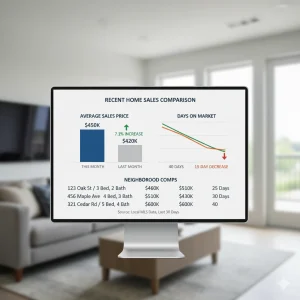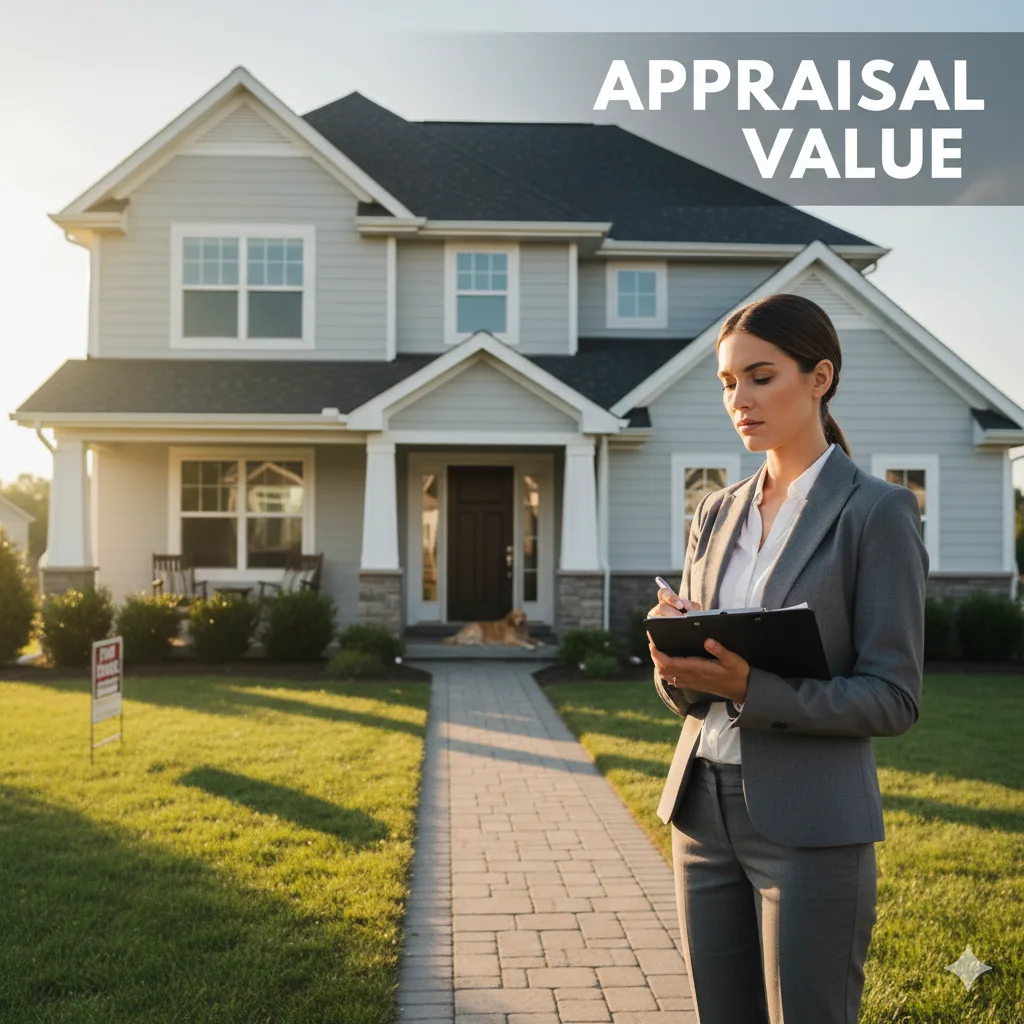Table of Contents
Home appraisal factors
When it comes to selling, refinancing, or even purchasing property, a Home appraisal factors plays a vital role. The appraisal determines your property’s fair market value and can significantly influence financial decisions. While many homeowners believe that their property’s worth is based only on size and location, the truth is that several factors affect its valuation. In this article, we’ll cover the Top 10 Home Appraisal Factors That Influence Property Value and how you can prepare your home for the best possible outcome.
Location of the Property
The golden rule of real estate—location, location, location—applies strongly to appraisals. Properties in prime neighborhoods, near schools, hospitals, shopping centers, and public transport, often appraise higher than those in remote areas.
Size and Usable Living Space
The total square footage and usable living area of your home are critical. Larger homes with more bedrooms, bathrooms, and functional spaces typically have higher appraisal values. Appraisers also consider basements, attics, and additional living spaces.
Property Condition
A well-maintained home always receives a better valuation. Appraisers will look for signs of structural damage, roof condition, plumbing, electrical systems, flooring, and overall upkeep.

Age of the Home
The age of the property affects the appraisal, but newer isn’t always better. A well-maintained older home with historic charm may appraise just as high as a newer one. The key is condition and updates.
Upgrades and Renovations
Recent renovations and modern upgrades add significant value. Kitchens, bathrooms, flooring, windows, and energy-efficient systems are the most impactful. Document improvements with receipts to show the appraiser.
Comparable Properties (Comps)
Appraisers use comparable home sales in your neighborhood to determine value. If similar homes nearby have recently sold for higher prices, your property’s appraisal may increase.

Market Conditions
The current real estate market trends—whether it’s a buyer’s or seller’s market—directly influence appraisal values. High demand and low supply can increase home values, while oversupply may lower them.
Curb Appeal and Exterior
The first impression matters. Appraisers notice how your home looks from the outside. Landscaping, exterior paint, driveway condition, and entryway appeal all contribute to the final value.
Functional Layout and Floor Plan
A home with a logical, open, and functional floor plan tends to appraise higher than one with awkward layouts or wasted space. Appraisers check room flow, connectivity, and space utilization.
Special Features and Amenities
Homes with unique features often get higher appraisal values. Examples include:
- Swimming pools
- Smart home technology
- Solar panels
- Outdoor kitchens
- Home offices (high demand post-pandemic)

Bonus Factor: Neighborhood Development
Future developments such as shopping centers, metro stations, or schools nearby can increase property value. Conversely, factors like noise pollution or nearby industrial zones may decrease it.
Conclusion: Understand the Factors That Influence Your Appraisal
Your Home appraisal factors is determined by multiple factors—ranging from location and size to upgrades, market trends, and neighborhood development. While some elements are beyond your control, others, such as maintenance, curb appeal, and renovations, can be improved to boost your property’s valuation.
By understanding these Top 10 Home Appraisal Factors That Influence Property Value, you can prepare your property better, highlight its best features, and ensure you receive the most accurate and beneficial valuation possible. Taking proactive steps, documenting improvements, and staying informed about local market trends can further enhance your appraisal outcome and maximize your property’s potential. Additionally, working closely with a professional appraiser, addressing repair needs promptly, and maintaining a visually appealing, well-organized home can build confidence for buyers and lenders alike, ultimately helping you achieve a fair and potentially higher appraisal value.




